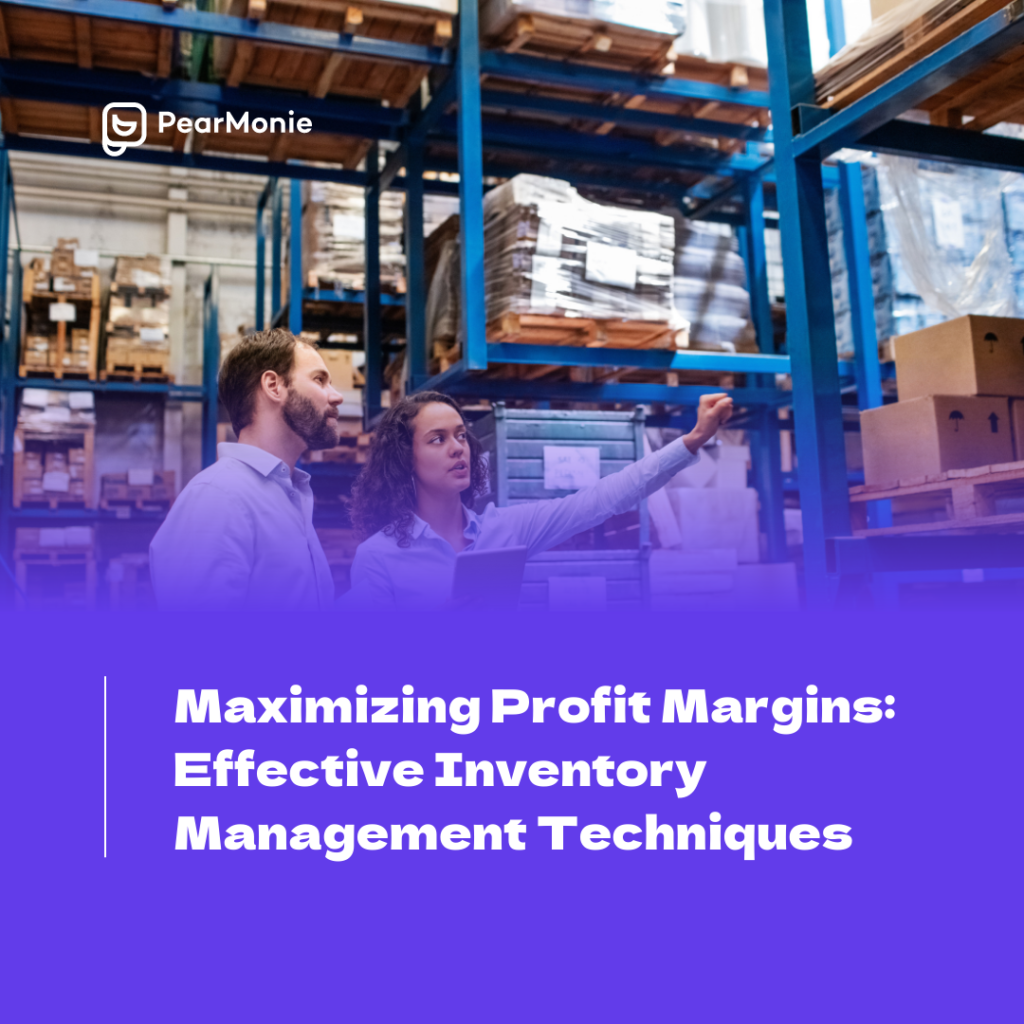As a business owner, maximizing profit margins is a key objective. Effective inventory management plays a crucial role in achieving this goal. By implementing proven techniques, you can optimize your inventory levels, minimize costs, and improve overall profitability. First, what is profit margin? Profit margin, in simple terms, refers to the amount of profit a business earns from its sales. It is the difference between the revenue generated from selling products or services and the costs incurred to produce or deliver them.
In this comprehensive guide, we’ll explore essential inventory management strategies tailored to your business. Let’s dive in and unlock the potential for greater profits through efficient inventory management.
Conducting Demand Forecasting:
One of the first steps toward maximizing profit margins is accurately forecasting demand. By analyzing historical data, market trends, and customer insights, you can anticipate demand fluctuations and adjust your inventory levels accordingly. This allows you to avoid overstocking or understocking situations, leading to reduced holding costs and increased sales.
Implementing Just-in-Time (JIT) Inventory Management:
JIT inventory management focuses on minimizing inventory levels while ensuring timely replenishment. By synchronizing your production and supply chain activities with customer demand, you can minimize carrying costs, reduce waste, and improve cash flow. Embracing JIT principles empowers you to operate lean and responsive, maximizing profitability. You can read more on Just-in-Time inventory management.
Embracing ABC Analysis:
Categorizing your inventory based on value and demand using ABC analysis enables you to prioritize your stock effectively. Classify items into categories (A, B, C) based on their contribution to revenue and sales volume. By focusing on high-value items and optimizing storage space, you can reduce costs and improve inventory turnover. You can read more on ABC analysis.
Inventory Management Software:
Take advantage of inventory management software specifically designed for small businesses. These user-friendly solutions will automate the tracking of your inventory, help you forecast demand, and efficiently manage your orders. By implementing such software, you can streamline your operations, make informed decisions based on real-time insights, avoid running out of stock, and optimize your overall inventory management process. With this powerful tool at your disposal, you’ll be able to enhance efficiency and drive better business results.
Continuously Monitoring Key Performance Indicators (KPIs):
Tracking relevant KPIs, such as inventory turnover ratio, carrying cost percentage, and customer fill rate, provides insights into your inventory performance. Regularly monitor these metrics to identify areas for improvement and make informed decisions. By proactively managing your inventory and aligning it with business objectives, you can maximize profit margins.
Conducting Regular Inventory Audits:
Regular inventory audits are essential to maintain accuracy and identify discrepancies. By conducting cycle counting and periodic physical inventory checks, you can ensure that your inventory records align with the actual stock on hand. Resolving discrepancies promptly improves inventory accuracy, minimizes losses, and enhances profitability.
Conclusion
Effective inventory management techniques are crucial for maximizing profit margins and driving business success. By implementing demand forecasting, JIT inventory management, ABC analysis, utilizing technology, managing supplier relationships, monitoring KPIs, and conducting regular audits, you can optimize your inventory levels, reduce costs, and improve profitability. Embrace these techniques and take control of your inventory to unlock the full potential of your business’s profitability.
Remember, by maximizing profit margins through effective inventory management, you are paving the way for long-term success and growth.
